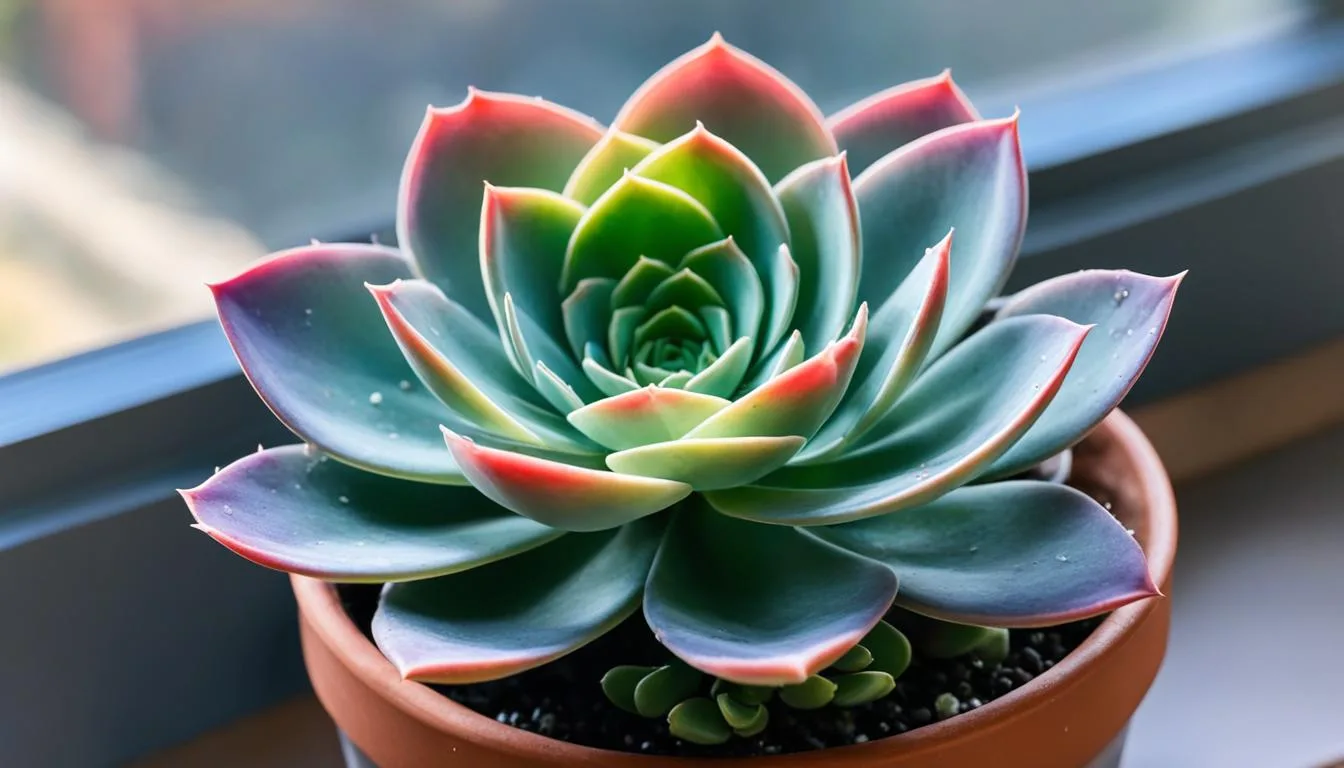
As I meander through my personal oasis of greenery, there’s one particular plant that never fails to capture my admiration—the Echeveria. Native to the warm and arid regions of Central America, South America, and Mexico, these succulents are a personification of resilience and beauty that I can’t help but adore. With their compact rosette forms and full spectrum of color, they serve as a vivid reminder of nature’s wonders.
In sharing my journey of cultivating these beauties, I’ve put together an echeveria succulent care guide filled with essential tips for echeveria succulent care and best practices for echeveria succulent care that allows even those without a proverbial green thumb to grow these charming plants with confidence.
Key Takeaways
- Identifying the right light exposure for your echeveria is crucial for vibrant coloration and proper growth form.
- Well-draining soil and careful watering are pivotal to avoid the pitfall of overwatering and root rot.
- This succulent’s care routine adapts seasonally, so adjust water and sun exposure as needed.
- Despite their toughness, echeveria have preferences—dry, warm conditions reign supreme for their health.
- Fertilizing is not a regular need but can give a seasonal boost when appropriately diluted.
About Echeveria: A Rosette-Forming Beauty
Amidst my collection of succulents, one genus speaks to the artist in me—the illustrious Echeveria. Imbued with a charm that can be likened to live sculptures, each specimen showcases a symphony of contours and hues that enchants the beholder.
Investing time in caring for echeveria succulents, I have come to learn that beauty is more than skin deep—it is a testament to their adaptive mastery and the life-affirming resilience they embody.
Unique Appearance and Varieties
When it comes to growing echeveria succulents, the diversity is striking. With about 150 species and an excess of 1,000 cultivars, these plants offer something for every palette.
From the powdery blue of the ‘Echeveria peacockii’ to the fiery tips of the ‘Echeveria agavoides’ Lipstick’, the selection is vast and vibrant. Their plump, water-storing leaves flourish into an elegant rosette, frequently drawing comparisons to florals from a painter’s canvas.
Botanical Profile: Understanding Echeveria
Aligning my practices with the natural inclinations of these plants, I’ve learned that they appreciate the warm embrace of the sun and a drink of water that recalls a desert rain. The botanical name Echeveria spp. blankets these succulents under the wider umbrella of the Crassulaceae family—a clan that boasts resilience in abundance.
Typically, echeveria plants preserve their compact form, rarely exceeding a foot in width, but some don a shrub-like persona, reaching up to two feet tall. Come spring and summer, the plants celebrate life with a burst of blooms, presenting flowers in shades of pink, orange, white, yellow, and red—adding a dash of color to our otherwise monotone quotidian existence.
Create the Perfect Environment
My cherished echeverias, with their richly toned rosettes, are a testament to the perfect environment I’ve curated for them. I’ve deduced that their vibrancy is tied not just to love and observation, but to specific care conditions they demand to truly thrive. Acknowledging their particular needs has led my succulents to flourish, resembling the spirited beauty of their natural habitats.
Sunlight Requirements for Echeveria Succulents
It’s no secret that my echeverias are sun worshippers; their sunlight requirements for echeveria succulents are as imperative as ingredients in a recipe. To witness these succulents in their full glory, I ensure they soak up at least six hours of bright, direct sunlight daily.
However, there’s a craft to sun indulgence—indirect bright light will do just fine indoors, mostly near south- or west-facing apertures. Care outdoors calls for a delicate shield during peak sun to prevent the harsh rays from scorching their delicate leaves.
Choosing the Right Soil Type for Drainage and Health
My succulent care tips won’t be complete without emphasizing the importance of well-draining soil. An ideal mix that my echeverias love—mirroring the porous soil of their native terrain—is a homemade concoction of potting soil, sand, and perlite. With this blend, the roots remain as snug as a bug in a rug, without the worry of water-induced maladies.
| Component | Volume | Purpose |
|---|---|---|
| Regular Potting Soil | 3 parts | Organic nourishment |
| Coarse Sand | 2 parts | Enhance drainage |
| Perlite | 1 part | Aerate the mix |
Whether it’s preparing the flawless soil mix or positioning them just right to catch golden rays, catering to the whims of my echeverias brings both them and me unadulterated joy.
Watering Strategies: Keeping Your Echeveria Hydrated
As I delve into the world of echeveria succulents, I’ve come to appreciate the subtle art of watering—strategically nurturing my cherished plants to maintain their lustrous appearance. Achieving the balance between too little and too much water is essential.
I’ve honed my approach to watering echeveria succulents and am here to share how to care for echeveria succulents so that they not only survive but thrive.
Signs Your Echeveria Needs Water
Recognizing the need for hydration in my echeveria has been a journey of attentive observation. It is those tell-tale wrinkled leaves that alert me to their thirst—an unmistakable SOS from my usually plump-leafed friends. This wrinkle is a clear indication of dehydration, and in response, I exercise my succulent care tips to promptly quench their thirst.
Seasonal Watering Adjustments
Every season brings a new chapter in the echeveria watering narrative. During their peak growing season, I let the soil around my succulents become bone dry before I drench them with water.
This usually translates to a watering schedule of about half a cup to one cup of water every seven to ten days, depending on the size of the plant and its container.
When winter casts its long shadow, I adjust my approach. Watering echeveria succulents during the colder months is sparse to prevent those dreaded wrinkled leaves, happening roughly once a month.
It’s a careful balance—too much water and the roots risk rotting; too little and the leaves will let you know.
I find that my own two fingers serve as the best moisture meter to determine soil dryness before I decide to rehydrate. It’s an intimate moment—just me and the soil, determining what’s best for my echeveria’s well-being. And let’s not forget the aftermath of watering—any excess water standing around is swiftly evicted from saucers to steer clear of soaking roots.
Protecting Echeveria From Temperature Extremes
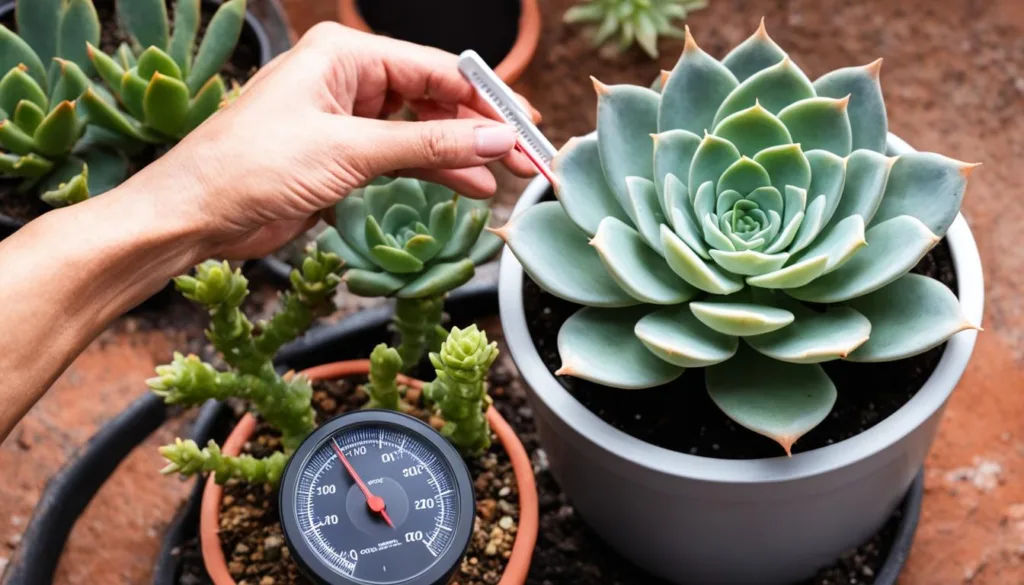
As an enthusiast of echeveria succulents, I’ve come to understand their need for a stable environment. These striking plants thrive under specific conditions, and part of my essential tips for echeveria succulent care is protecting them from harsh temperature extremes. I’ve learned that echeverias, much like myself, prefer the coziness of controlled climates—neither too cold nor humid.
The danger of cold drafts and suboptimal temperatures is a real concern when caring for echeveria succulents. It’s imperative to maintain a warm ambient temperature, ideally above 45 degrees Fahrenheit, to prevent the cold from nipping at their fleshy leaves.
This becomes especially crucial as winter approaches and the mercury drops. In my experience, a proactive transition to an indoor setting prevents damage from freezing conditions.
Conversely, echeverias dislike high humidity. Encountering such conditions for prolonged periods can usher in root rot, defeating all the diligent effort put into their care. It’s with this knowledge that I ensure to avoid locales like bathrooms or laundry rooms when placing my echeverias. Keeping these succulents in parts of my abode with average humidity levels has safeguarded their health and preserved their alluring aesthetics.
- Relocate echeverias indoors during cold seasons to ensure temperature remains favorable
- Avoid high humidity areas to preclude potential root rot
- Monitor indoor temperature and humidity to tailor the conditions to echeveria’s preference for hot, dry atmospheres
Incorporating these care principles into my routine has made a significant impact on the well-being of my echeveria collection. By diligently applying these simple, yet essential tips for echeveria succulent care, I am rewarded with robust plants that exhibit vigor and beauty despite the fluctuating conditions outside their ideal habitat.
Fertilizing Echeveria: Is It Necessary?
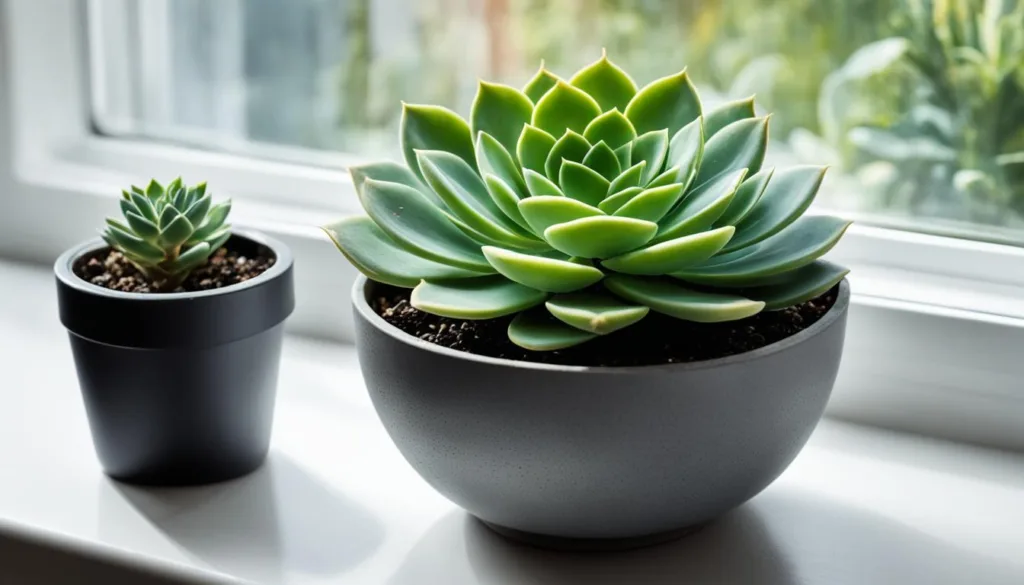
When it comes to nurturing my echeveria garden, questions about fertilizer often spring up. It’s a common part of succulent care tips to consider the nutritional needs of these drought-resilient plants. Understanding when—and importantly, how much—to feed your echeveria can be the difference between a thriving plant and one that struggles.
Understanding Fertilizer Needs During Growth Cycles
In my pursuit of best practices for echeveria succulent care, I’ve discovered that these plants are quite self-sufficient, requiring little beyond the basics of light, water, and a comfy pot to call home.
Typical garden soil, rich in nutrients fosters rapid growth in many plants, but echeveria naturally thrive in leaner conditions, which imitates their native environment. Yet, during their active growth periods in the spring and summer, a modest supplement of fertilizer can stimulate their development and enhance flowering.
How To Avoid Fertilizer Burn in Succulents
More isn’t always better, particularly when it comes to fertilizing succulents. Overzealous feeding can lead to fertilizer burn, manifesting in brown tips and weak, soft growth. To allow my echeverias to flourish without harm, I turn to fertilizers crafted explicitly for cacti and succulents.
These formulas usually provide the needed nutrients without the risk of overfeeding. If I opt for a standard balanced liquid fertilizer, I dilute it to about a quarter of the strength recommended for other plants. This is even more crucial for young saplings, where a low-nitrogen fertilizer is favored to avoid damaging their tender roots.
Cultivating the Ideal Echeveria Species for Your Home
As I deepen my engagement with the diverse world of succulents, I find great delight in selecting types of echeveria succulents that enhance the aesthetic of my living space. Whether situated in a solitary statement planter or as part of an eclectic succulent ensemble, each echeveria species brings its own unique character and charm.
Ghost Echeveria and Its Alluring Aesthetic
Among the myriad of echeveria types, the ghost echeveria holds a special place in my collection. Known scientifically as Echeveria lilacina, its pale silvery-gray leaves fan out in a stunning rosette, echoing whispers of otherworldly beauty. It’s not just their ethereal looks that captivate me, but their robust nature that quietly underscores their elegant presence in my sun-drenched nook.
Mexican Snowballs: An Elegantly Hardy Cultivar
The mexican snowballs, or Echeveria elegans, are another beloved cultivar that graces my succulent garden. The fleshy blue-green leaves, reminiscent of tranquil Mexican landscapes, cluster together to form graceful rosettes that feel smooth to the touch. The durability of these charming succulents makes them an ideal companion for both seasoned collectors and those new to the world of echeveria.
- The ghost echeveria thrives in bright light, accentuating its pearly leaves and captivating those who gaze upon it.
- Mexican snowballs adapt readily to container living, making them perfect for adding a touch of freshness to urban interiors.
Embracing these standout types of echeveria succulents, each day I witness the transformation of my home into a sanctuary adorned with nature’s masterpieces.
It’s a daily reminder that choosing the ideal species, such as the ghost echeveria and the Mexican snowballs, can offer an ongoing exploration of texture, color, and form. And thus, my journey with these succulents continues—a constant cycle of learning, appreciation, and growth.
Pruning and Maintaining Your Echeveria Plant
My experience in pruning echeveria plants has taught me that a bit of timely maintenance can make a world of difference. Engaging in this essential aspect of succulent care tips, I’ve learned to nip potential issues in the bud, keeping my echeverias healthy and visually striking.
Today, I’d like to share my insights on pruning and explain why it’s a pivotal part of sustaining the impeccable aesthetics and health of these remarkable succulents.
When I first took my shears to an echeveria, I must admit, I was hesitant. But understanding the crucial nature of this practice put my mind at ease. An essential factor in echeveria care, pruning not only enhances the plant’s appearance but also prevents common issues such as rot and pest infestation. Let’s dive into how and when to prune your cherished echeveria.
- Timing: The best time to commence pruning is during the early growing season, ensuring that any cuts have ample time to heal and grow.
- Process: The act of pruning involves the removal of dead or drying leaves from the plant’s base—these are potential harbingers of decay and disease.
- Technique: With gentle fingers or sterilized tools, I coax these unwanted leaves away, taking care not to damage the healthy ones.
- Results: This simple act revitalizes my echeverias, encouraging robust growth and maintaining the plant’s iconic compact form.
Regularly removing these spent leaves is more than a cosmetic touch-up; it’s a preventive measure that ensures my echeverias remain robust and vigorous. By keeping this practice up, I avert potential problems before they arise, leading to an overall healthier plant. Additionally, pruning makes my echeveria more resilient to pests, as decaying plant material is a known attractor of unwanted insects.
While pruning is indisputably beneficial, it’s important to remember that moderation is key. Excessive pruning can cause undue stress to the plant, potentially stalling its growth. Thus, I always prune with a purpose and a gentle hand, aiming to preserve as much of the healthy plant as possible.
By adopting these succulent care tips and pruning echeveria plants with mindfulness, I’m rewarded with lush, flourishing succulents that reflect the care and attention they receive.
Propagation: Expanding Your Echeveria Collection
In the delightful journey of nurturing echeveria, I find the act of propagation to be a fulfilling adventure. It’s an opportunity to multiply the beauty of my echeveria collection, giving life to new plants that carry the legacy of their parents.
Whether a seasoned gardener or a curious novice, learning the art of echeveria propagation can be a highly rewarding experience. Packed with ample possibilities, propagation is an engaging way to grow your succulent sanctuary with your own hands.
Leaf, Stem, and Offset Propagation Techniques
When it comes to echeveria propagation methods, I’ve tried them all: leaf cuttings, stem cuttings, and offsets. Each technique has its own charm and effectiveness. Working with leaf cuttings, I find it best to choose a healthy, plump leaf and gently wiggle it from the stem, ensuring a clean break.
After allowing it to callous over for a day or two, I nestle it atop a well-draining cactus mix, watching with anticipation for tiny roots to emerge. Stem cuttings, likewise, begin their journey with a callousing period before being planted into the soil.
With offsets, I gently tease them away from the mother plant using a sterilized knife or my fingertips. This method doesn’t just expand my collection, but also prevents overcrowding around the parent plant.
Seed Germination Methods for Growing Echeveria
Another facet of propagation is growing echeveria succulents from seed—a practice that requires patience but is incredibly gratifying. Starting with a blend of soil, grit, sand, and a dash of perlite, I carefully scatter the seeds, ensuring each has its own space to flourish.
Keeping the medium evenly moist and providing plenty of indirect light nurtures these seeds into germination. Regular, gentle ventilation to the sealed environment helps prevent mold and encourages strong seedling growth.
It’s during these moments, as I observe the sprouts breaking through the soil, that I’m reminded of why I cherish these succulent care tips—they guide me through the process of cultivating life from the smallest of seeds.
FAQ
What makes Echeveria succulents unique in appearance?
Echeveria succulents are known for their beautiful rosette form and plump leaves that come in a vibrant array of colors. With about 150 species and over 1,000 cultivars available, they can vary in size and often feature lovely blooms in spring and summer.
How much sunlight do Echeveria succulents need?
Echeveria succulents require at least four to five hours of bright, direct sunlight each day. For ideal growth and to promote blooming, aim for about six hours, particularly near south- or west-facing windows if they are indoors. When outside, be mindful of protecting them from the harsh midday sun.
What type of soil is best for Echeveria succulents?
The best soil for Echeveria succulents is a well-draining, porous medium. A standard cactus potting mix works well, or you can make your own by mixing three parts potting soil, two parts coarse sand, and one part perlite.
When and how should I water my Echeveria plants?
Water your Echeveria succulents when the soil is completely dry. During the growing season, this typically means providing a thorough watering (about half a cup to one cup of water) every seven to ten days. In winter, reduce watering to once a month. Avoid letting water sit in the saucers to prevent root rot.
Can Echeveria succulents survive in cold weather?
Echeveria succulents are sensitive to cold and do best in hot, dry conditions. It’s crucial to maintain temperatures above 45 degrees Fahrenheit, especially during winter, by bringing them indoors to safeguard against the cold.
Is it necessary to fertilize Echeveria succulents?
While regular fertilization isn’t essential, careful application of a diluted cactus and succulent fertilizer during the growing season can promote healthier growth. It’s important to avoid over-fertilizing to prevent fertilizer burn, with a special consideration for young plants which require a low-nitrogen fertilizer.
How do I choose the right Echeveria species for my home?
Selecting an Echeveria species for your home is a matter of personal preference based on the desired aesthetic. Consider different cultivars like the pale, silvery-gray Ghost Echeveria or the blue-green Mexican Snowballs. Factors like the available light conditions and space will also play a role in your choice.
How often should I prune my Echeveria succulent?
Pruning Echeveria is best done at the beginning of the growing season, removing dead or dried leaves to prevent decay and encourage new growth. Keep an eye on your plant for any parts that may need removal throughout the year.
What are the different methods to propagate Echeveria?
Echeveria can be easily propagated through various methods such as leaf cuttings, stem cuttings, offsets, and seeds. Leaf and stem cuttings need to callous before replanting, while offsets can be gently separated and potted. For growing from seeds, sow them in well-draining soil and provide moisture and ventilation until they germinate.

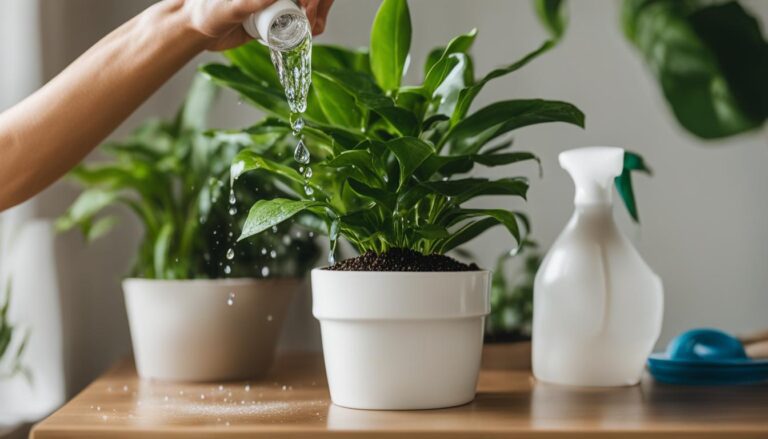
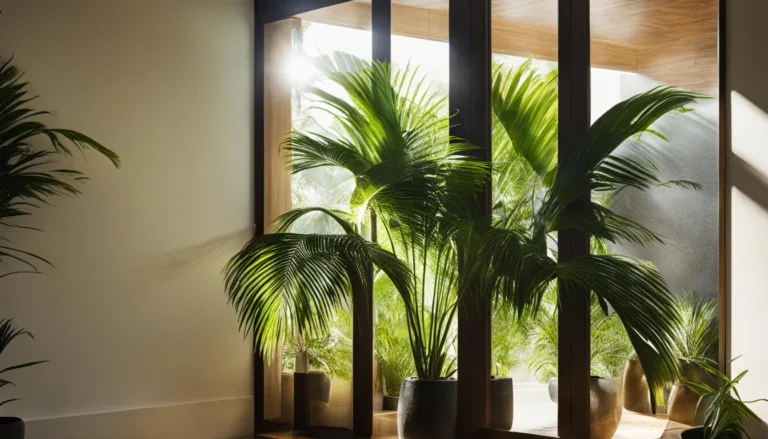
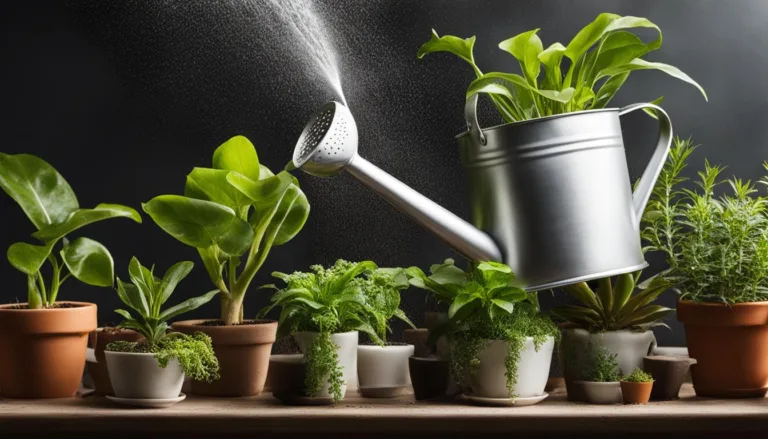
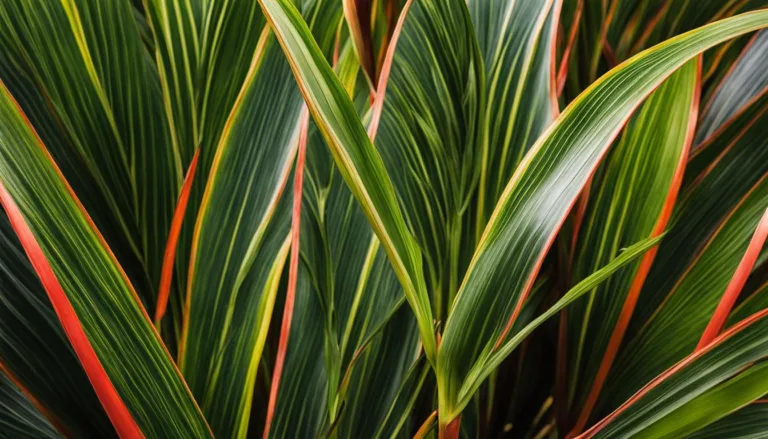
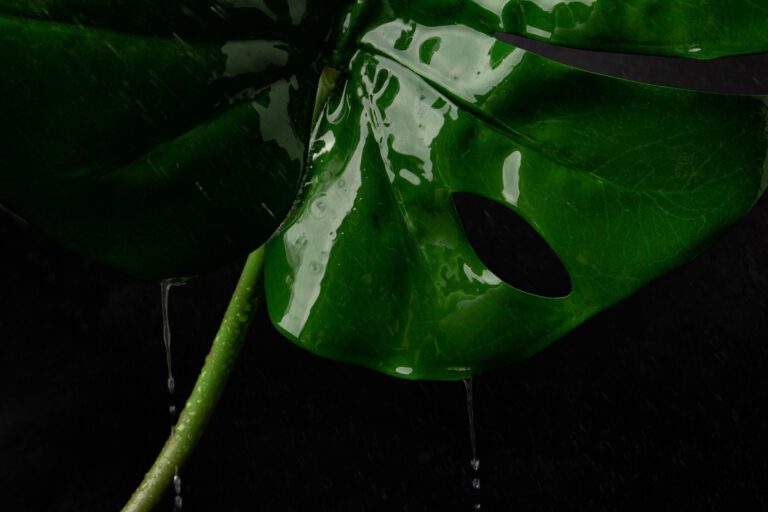
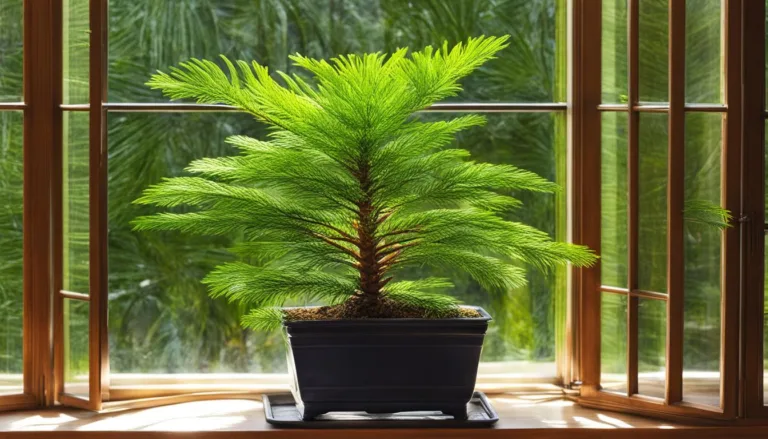
The reputation of the website will surely see an improvement in the near future as a result of the high-quality content and the active involvement of the administrator.
I do not even know how I ended up here but I thought this post was great I dont know who you are but definitely youre going to a famous blogger if you arent already Cheers.
I sincerely appreciated the effort you’ve invested here. The sketch is tasteful, your authored material chic, however, you seem to have developed some uneasiness about what you aim to offer henceforth. Certainly, I shall revisit more regularly, just as I have been doing nearly all the time, should you uphold this climb.
What a fantastic resource! The articles are meticulously crafted, offering a perfect balance of depth and accessibility. I always walk away having gained new understanding. My sincere appreciation to the team behind this outstanding website.